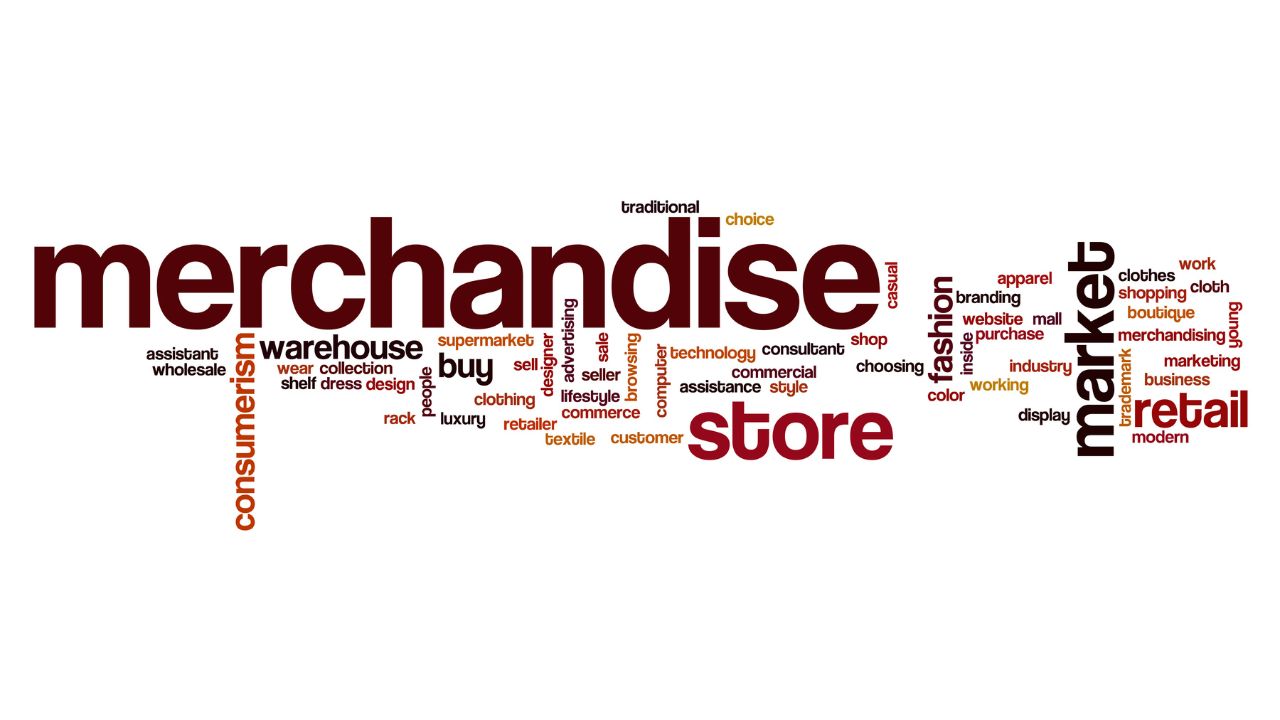Want to turn shoppers into loyal buyers and boost your sales? It takes more than stocking shelves or designing a flashy website. You need a merchandising approach that’s tailored, data-driven, and customer-focused.
In this guide, you will learn effective marketing strategies. These strategies combine visual merchandising, online shopping tips, and real-world retail tactics for lasting success.
What Is Merchandising, and Why Does It Matter?
Merchandising is the art and science of placing, promoting, and presenting products to encourage customers to buy. This process spans the entire customer journey, from the first glance at a display to the final click in online stores. A strong approach engages customers and improves your retail space. This helps boost sales and increase conversion rates.
With retail evolving quickly, businesses must balance the needs of in-store shoppers and those browsing online. A smart merchandising approach ensures every inch of space and every online product card is doing its job.
The Essentials of Retail Merchandising Strategies
Successful retail merchandising strategies rest on a few core pillars:
- Customer Insight: Know your target audience and understand their needs. Track customer behavior in-store and online for clues on how to improve product displays and layouts.
- Assortment and Inventory: Focus on bestsellers. Test new items in small amounts. Ensure that you maintain sufficient stock levels.
- Pricing and Promotion: Use clear, competitive prices. Offer easy-to-find promotions in both physical store signs and online sale banners.
- Presentation: Build visually appealing displays in-store and maintain clean, attractive layouts online.
- Measurement and Adaptation: Regularly check your conversion rates and adapt based on what’s working.
Choosing the Right Merchandising Approach
Every retailer is different. No matter if you run a small shop or a large chain, picking the right way to sell your products is important. You need to understand your customers’ journey and adjust your strategy to fit their needs.
- Convenience Retailers: Put bestsellers at eye level and make it easy for customers to get in and out quickly.
- Boutiques: Tell a story with themed tables or displays, using fewer items to avoid clutter.
- Large Retail Stores: Create clear navigation with spacious, well-signed aisles and strategic end cap promotions.
- Online Stores: Optimize your product listings, use badges for top products, and highlight customer reviews.
- Omnichannel: Keep your brand and offers consistent across social media, website, app, and physical stores.
Visual Merchandising: Engaging the Eye and the Mind
Visual merchandising is crucial for attracting and retaining customer interest. When done well, it can change a store or online shop into a place that attracts customers everywhere.
- Sightlines & Focal Points: Use striking displays at entrances and feature zones in your store, or hero images and banners online to draw in browsers.
- Color and Contrast: Put colorful new arrivals in the front to catch attention. Use calm colors to make browsing easy.
- Clear Signage: Don’t underestimate the power of a simple sign guiding customers to specials, bestsellers, or new arrivals.
- Product Density: Less is often more. Overcrowded shelves lead to confused customers and lower conversion rates.
Online Merchandising for Increased Sales
Your digital shopfront is just as vital as your physical store. Optimizing your approach for online shopping can dramatically improve your numbers:
- Navigation Matters: Predictive search helps users find what they need faster.
- Sort & Filter: Let shoppers filter by size, color, or price and sort by popularity or new arrivals.
- Trust Builders: Show product reviews, answer common questions, and use comparison tables. This helps build trust and encourages purchases.
Assortment Planning and Product Displays
Give careful thought to your product mix and how you display your stock:
- Segment by Shopper Mission: Make staple items easy to find. Highlight new discoveries. Solve customer problems with bundled solutions or special displays.
- Anchor with Best Sellers: Place new products near top performers to improve visibility and trust.
- Cross-Merchandising: Group complementary products, such as matching accessories or complete meal kits, to boost average order value.
Data-Driven Merchandising Strategies
The best merchandise decisions are based on real numbers:
- Heatmaps: Analyze which store areas or online product pages get the most and least attention.
- Search Monitoring: Monitor site search terms to discover hot trends.
- Basket Analysis: Identify which items customers frequently buy together and consider bundling them.
- A/B Testing: Try different layouts or pricing strategies, and stick with what increases sales and conversion rates.
Omnichannel Merchandising: Creating a Seamless Experience
Today, the line between online and offline shopping has blurred. To engage your target audience everywhere, blend your merchandising approach across all touchpoints:
- Consistency: Use the same product names, pricing, and imagery in stores, on your website, and across social media.
- Click and Collect: Offer online shopping with in-store pickup for added convenience.
- Digital Aids In-Store: Use QR codes or interactive kiosks for more information or to access online-only stock.
Promotions and Psychological Triggers
A solid strategy relies on more than discounts:
- Anchoring: Place premium items next to mid-price products to make the mid-tier option more attractive.
- Social Proof: Use review counts and testimonials, both in-store and online, to reassure and persuade.
- Scarcity and Urgency: “Limited stock” and “ends soon” prompts encourage quick action.
Measurement and Iteration
Track these key metrics to refine your merchandising approach:
- Store footfall and site traffic
- Engagement (time in store, dwell time online)
- Conversion rates and sales per visit
- Average transaction size
- Stock availability
When one metric underperforms, tweak your display, assortment, or user interface, then check for improvements.
Seasonal and Event-Based Merchandising
Capitalize on holidays and special events to drive sales with targeted displays, promotions, and unique social media campaigns. Plan key moments with a focus on:
- Teasers: Build anticipation with advanced hints.
- Launches: Go bold with striking visuals and innovative online features.
- Sustaining Buzz: Rotate and refresh displays and content.
- Clearance: Finish strong with transparent markdowns.
Training: Maximizing Your Team’s Impact
Well-trained staff are still your best asset in a physical store. Provide simple guides for them. Update their product knowledge often. Ask for feedback on which product displays attract customers the most.
Frequently Asked Question: What Is the Best Merchandising Approach for Retailers?
The best retail merchandising strategy combines understanding customer behavior with attractive displays. It also includes organized layouts both online and in-store, along with regular measurements. Adapt quickly to trends and test often; what matters most is what engages your customers today.
Conclusion
Great merchandising connects with your target audience at every point. It makes products appealing both in-store and online. By using creative visual displays, smart online shopping strategies, and good product arrangements, you can boost sales and loyalty.
Ready to strengthen your merchandising approach? Take the first step; start optimizing your product displays and customer journey. If you need expert support in developing your retail merchandising strategies, reach out to the team at Marketing Immersion.






